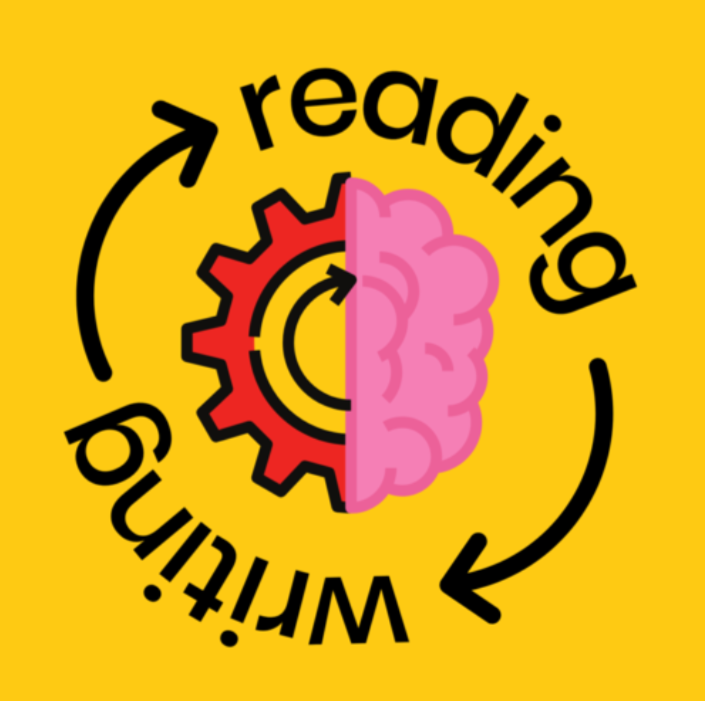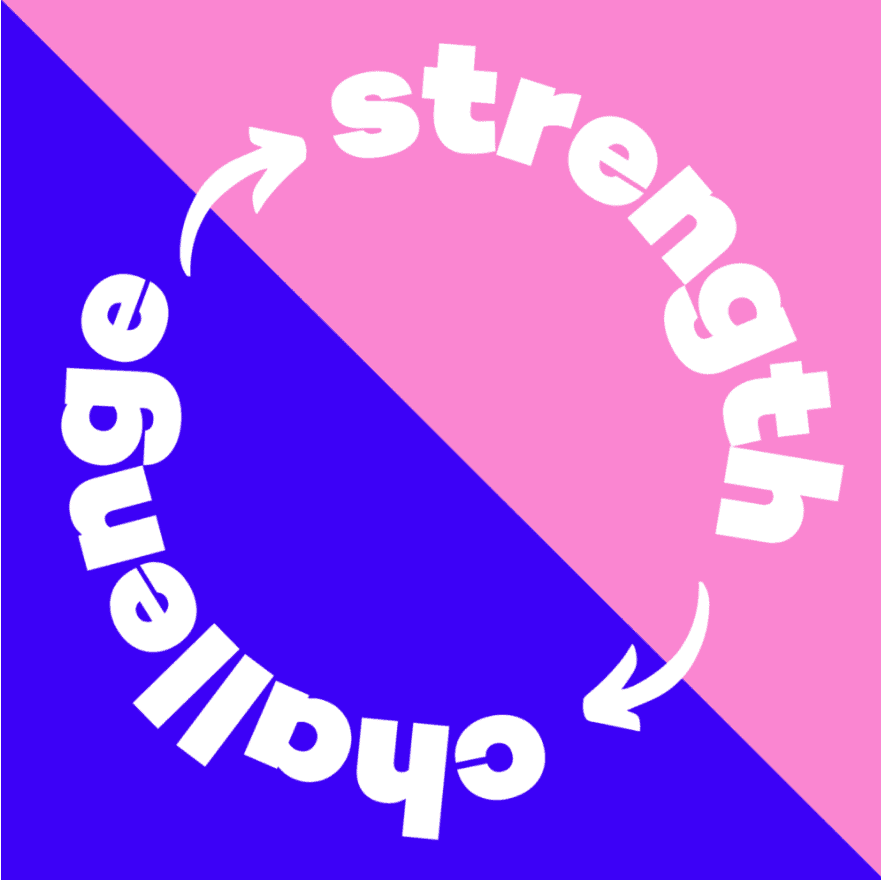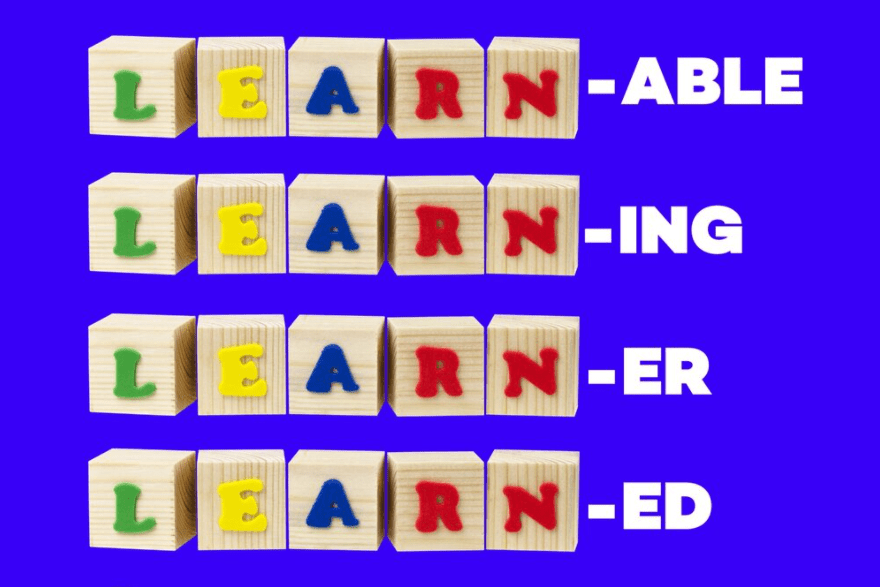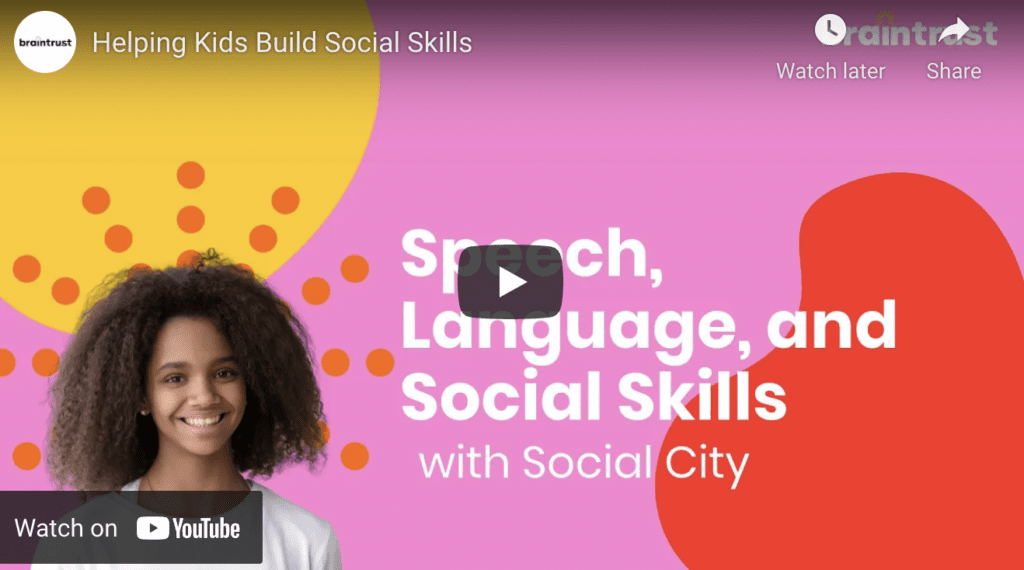
For a long time, reading and writing were taught as two separate subjects. In some classrooms, they still are. And although they are generally considered different skill sets, one cannot exist without the other. After all, everything we read has an author, right? Research shows that when we teach reading and writing interdependently, students’ skills in both flourish. While it may seem obvious, there comes a time when students realize that real people wrote the books they read. And this is often the same lightbulb moment when students realize that they can be writers, too.
Reading Like a Writer
When students read books thinking like a writer, they look for techniques the author used when they wrote the book. They notice what those techniques look like in the text, and what effect they have on the text’s meaning. In the same lesson in which students learn to look for these techniques, they can also practice using them in their own writing. At first, the ways students experiment with these new techniques may closely resemble those that they noticed in their books. This is okay. Students need to first practice these skills in very similar ways to those they’ve seen others do successfully. Once they develop some confidence, they’ll feel more comfortable branching out and using their skills in more creative ways. When students read books as writers, they learn how to strengthen their own writing while finding deeper meaning in the books they read.
Writing Like a Reader
When students are writing, they need to do so with the awareness that someone will read what they wrote. Students first begin developing their writing craft with one focus, which is to attempt to put their thoughts on paper. As they grow and their writing becomes more sophisticated, they develop the awareness that they need to write with an audience in mind. For each writing piece, they need to decide what their author’s purpose is, and how to best incorporate it into their writing.
In addition to using reading skills to think about the content of their writing, students also use phonics skills they have learned to spell, or encode. The same rules that help students decode text they are reading also help them spell the words they are writing.
In Conclusion
While there are students who excel in one and struggle in the other, reading and writing really do exist in the same arena. Both tasks use the same cognitive processes and exist in the same area of the brain. Teaching them together is only natural, and can only help improve a student’s experience in both. Through the process of teaching reading and writing together, students begin to see that they can use writing skills to read, reading skills to write, and that they can grow in both at the same time.




